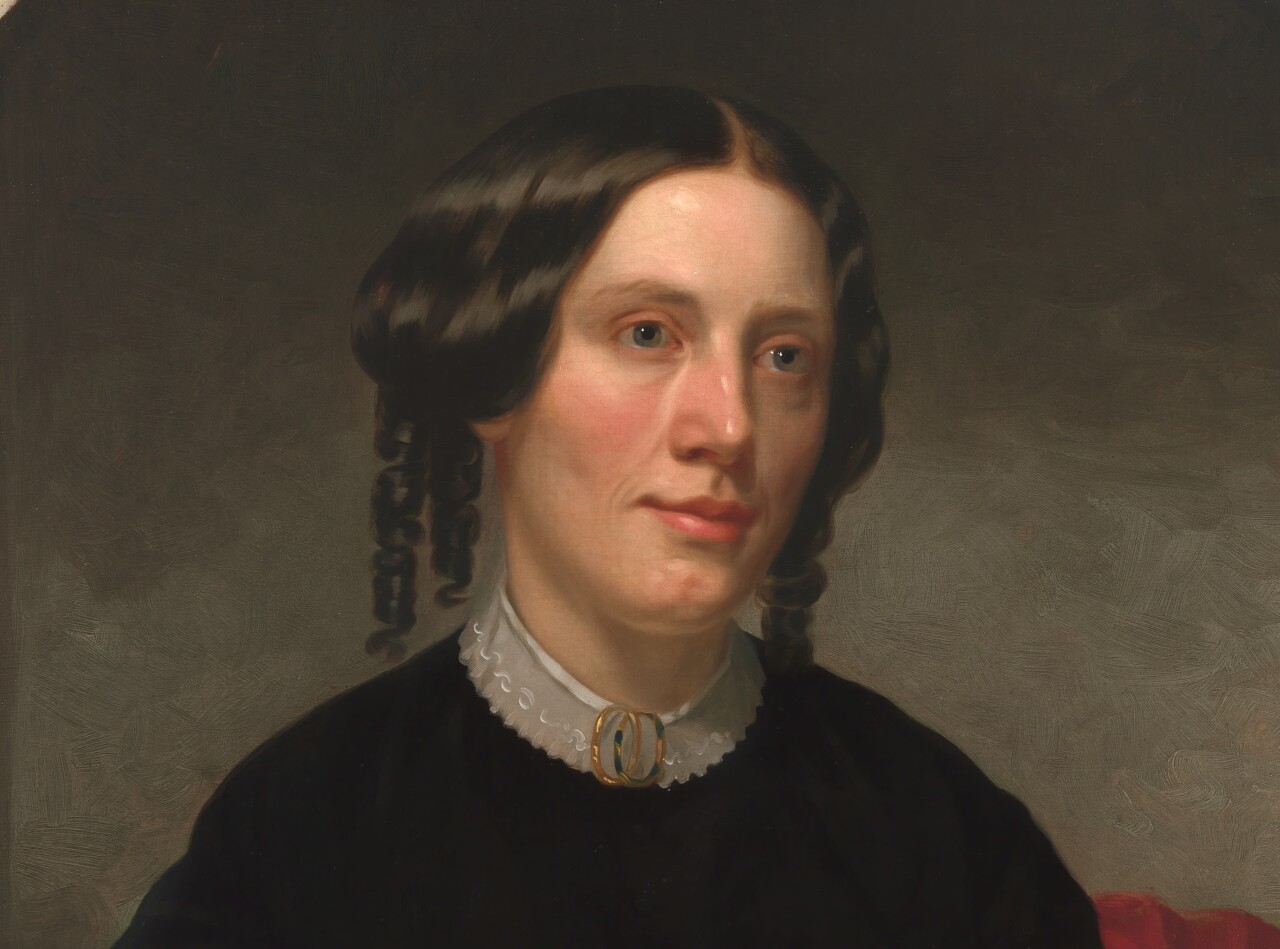CINCINNATI — Perhaps one of the most amazing pieces of hidden Cincinnati lies just up the road from WCPO’s station in Walnut Hills. It’s a place you have probably passed hundreds of times but never visited, and one that once housed the author of one of the greatest catalysts for the end of slavery in America.
Perched on a hill and surrounded by modern buildings, the Harriet Beecher Stowe House hides in plain sight. The author of “Uncle Tom’s Cabin,” the anti-slavery novel that some historians say laid the groundwork for the Civil War, lived in the Gilbert Avenue house for nearly two decades.
“This is where she becomes an abolitionist,” said Christina Hartlieb, Harriet Beecher Stowe House executive director. “This is where she becomes a friend of the Underground Railroad. This is where she becomes a published writer and starts listening to all of these different stories and doing research.”

It was not in this home that Beecher Stowe wrote "Uncle Tom's Cabin," but Cincinnati is where she learned more about the growing movement against slavery.
“It's really the time that she spent here, her formative adult years from the ages of 21 up to 39, that she was able to pull all the material and learn what she needed to be able to write ‘Uncle Tom's Cabin,’” Hartlieb said.
When Harriet lived here with her father, Lyman Beecher, students from the Lane Theological Seminary came to these rooms to debate the merits of abolitionism. She went on to write "Uncle Tom's Cabin" after she moved to Maine.
“This is a border city,” Hartlieb said of Cincinnati. “It would have been dangerous to write an anti-slavery book right here.”
And when she wrote the book, many white people living in the north were not abolitionists and believed slavery was a faraway issue that had little effect on their lives.
But in her novel's concluding remarks, Beecher Stowe wrote: "There are multitudes of slaves temporarily owned, and sold again, by merchants in northern cities; and shall the whole guilt or obloquy of slavery fall only on the South? Northern men, northern mothers, northern Christians, have something more to do than denounce their brethren at the South; they have to look to the evil among themselves."
Through her novel, Hartlieb said, Beecher Stowe was able to change public opinion about slavery.

The home has also changed over many years. In the 1930s, it became the Edgemont Inn, a boarding house and tavern listed in the "Green Book," which told Black motorists where it was safe to stay in the segregated United States.
Now, the house is a museum, and its exterior has been restored to the yellow it was when Beecher Stowe lived there.
Hartlieb said visitors tell her “all the time” they passed by the house for years without knowing about its historic significance.
"It used to be, you know, 'the big white house on the hill that I've driven by hundreds of times, but I've never been in,'” Hartlieb said.
Visitors to the museum may be surprised at how much of Cincinnati’s history is tied to the abolition movement.

“They will learn how Cincinnati really was a focal point in abolition and race relations,” Hartlieb said. “And just the idea of, you know, you have the power of your voice. Harriet Beecher Stowe saw a problem in society the government wasn't doing anything about. She used her power of voice to help change public opinion.”
For more information and tours, click here.





